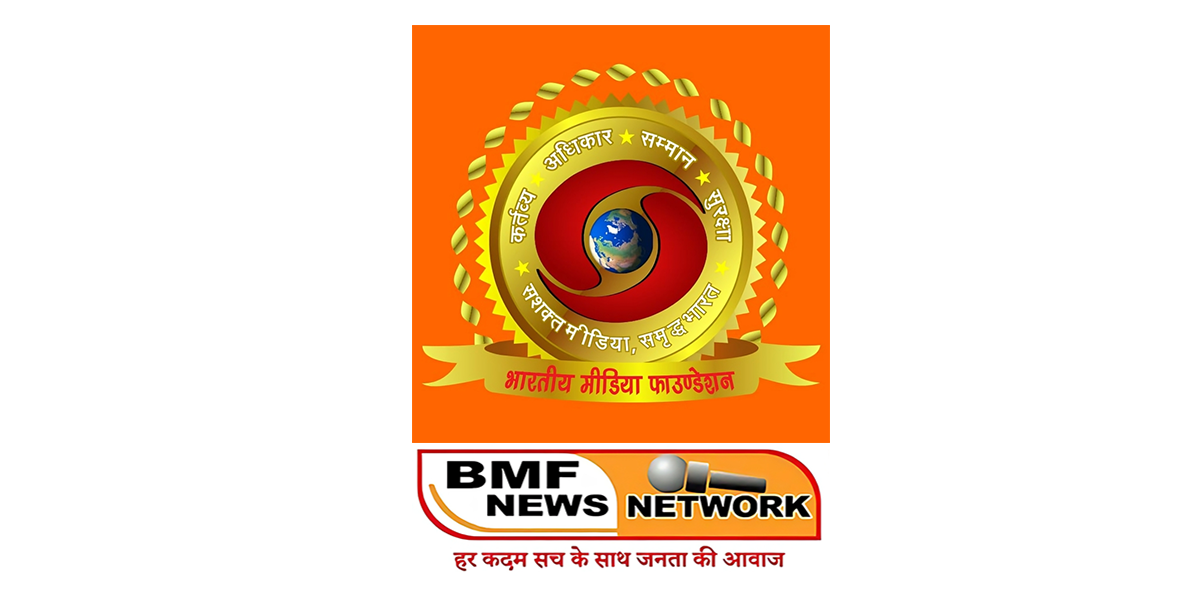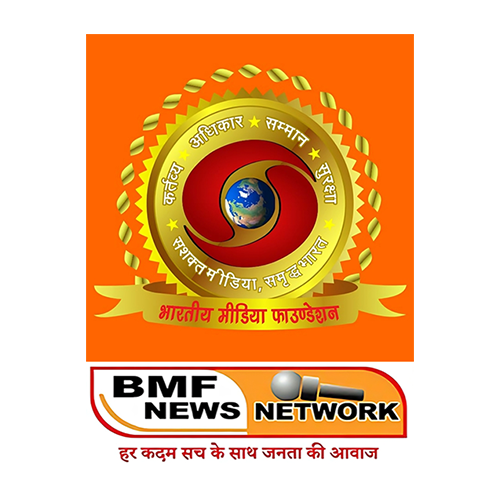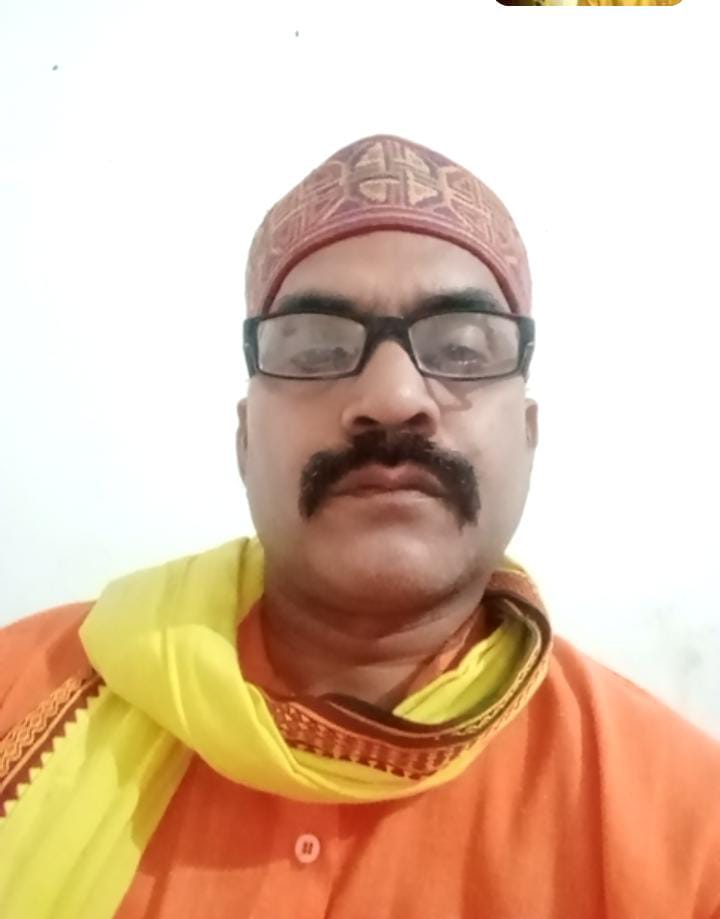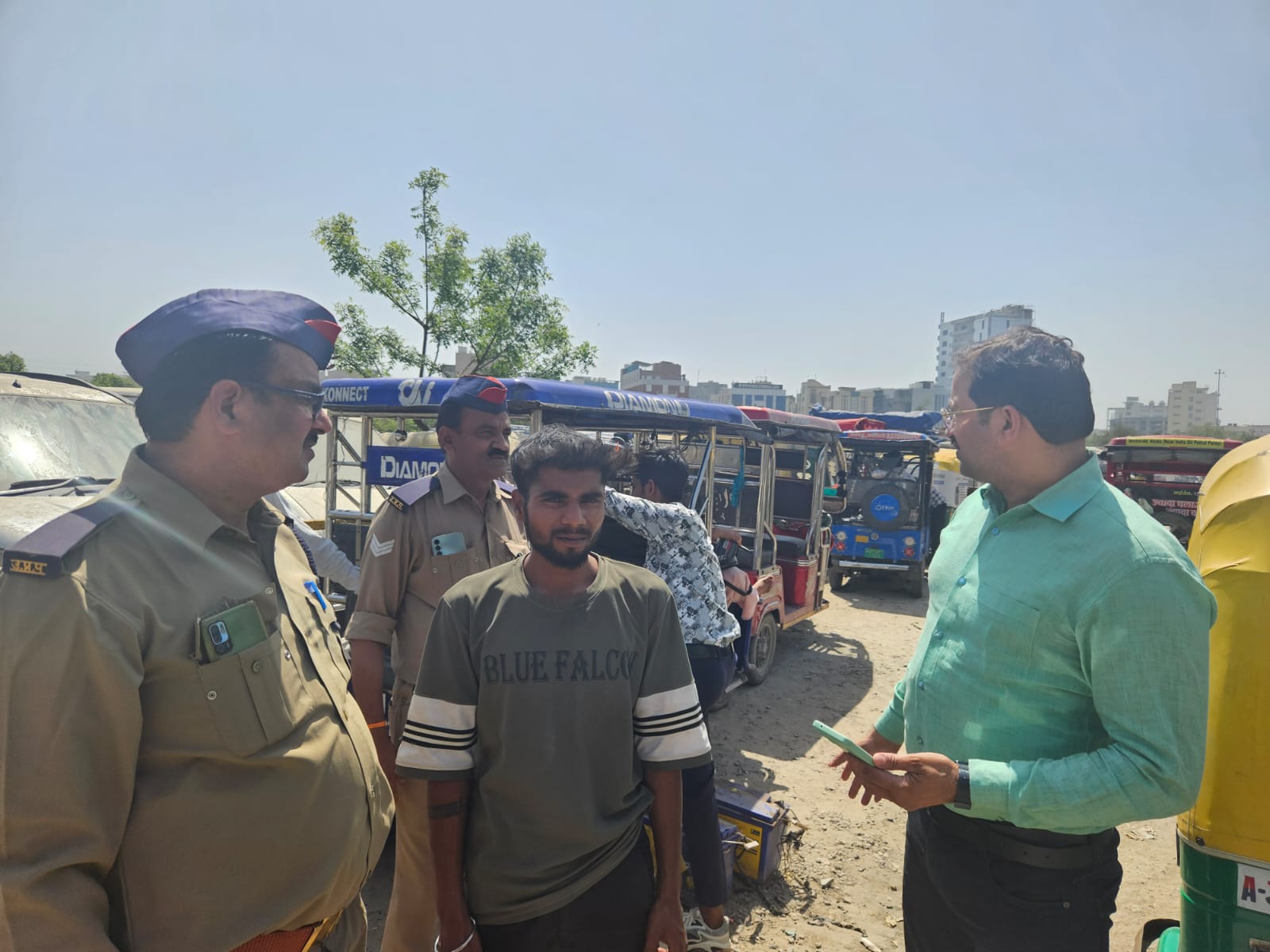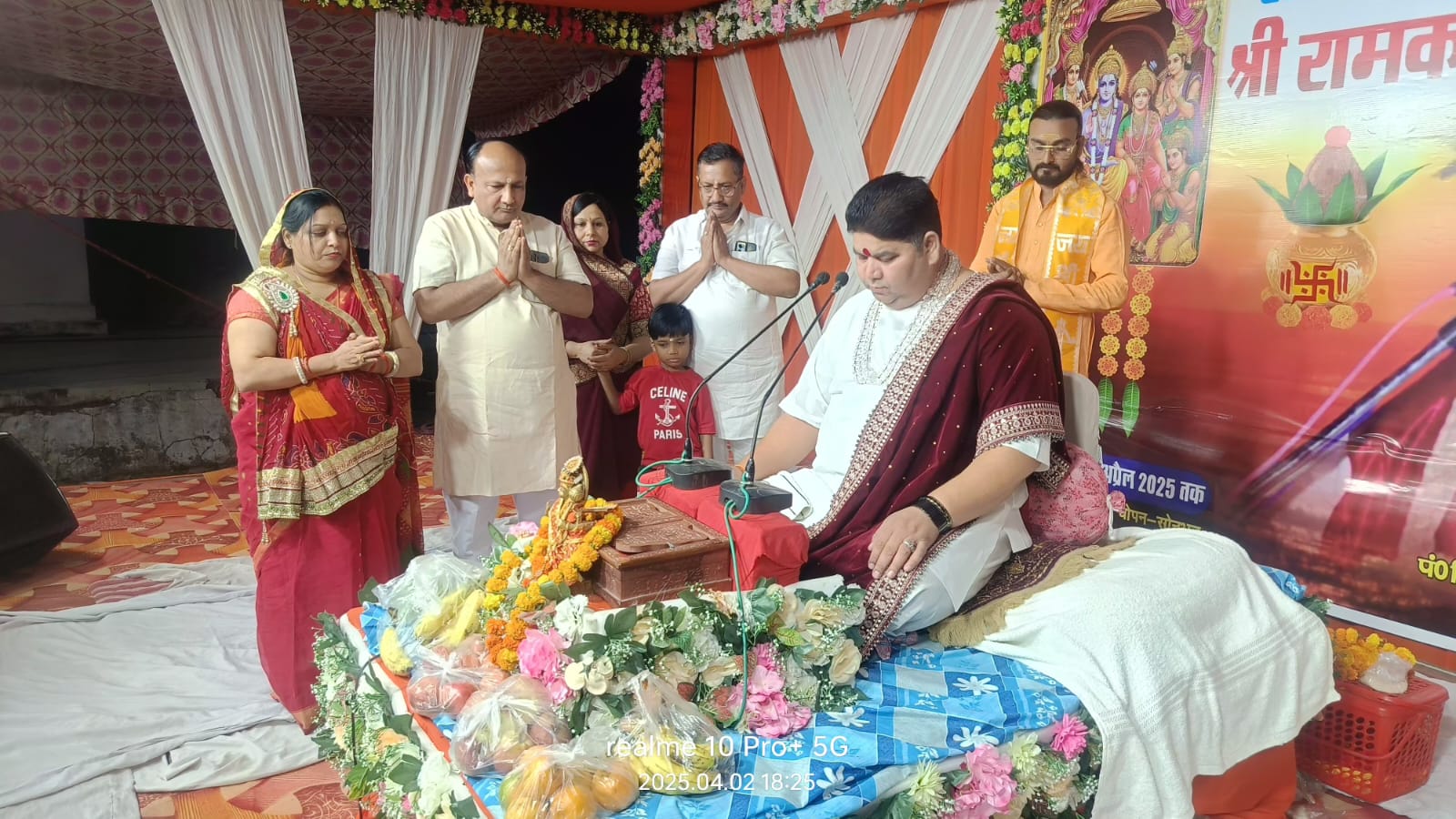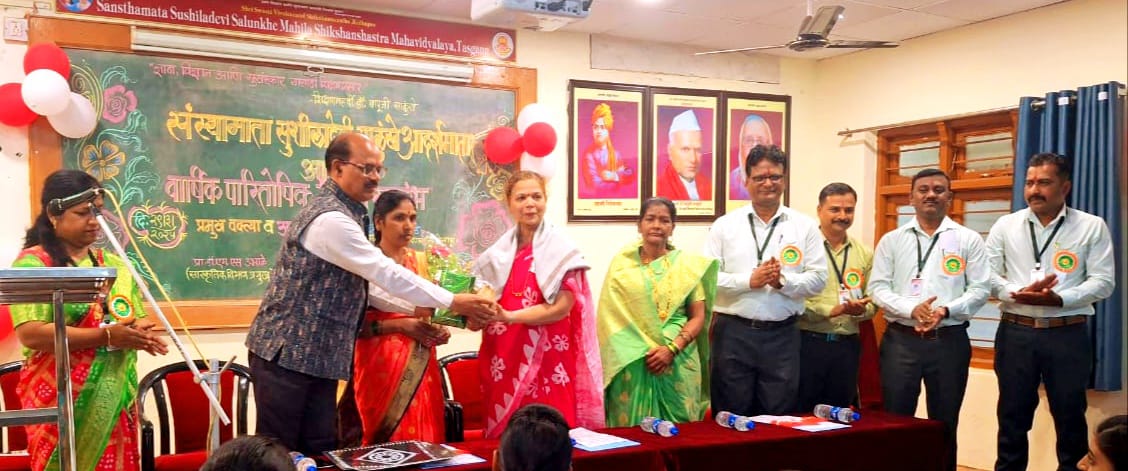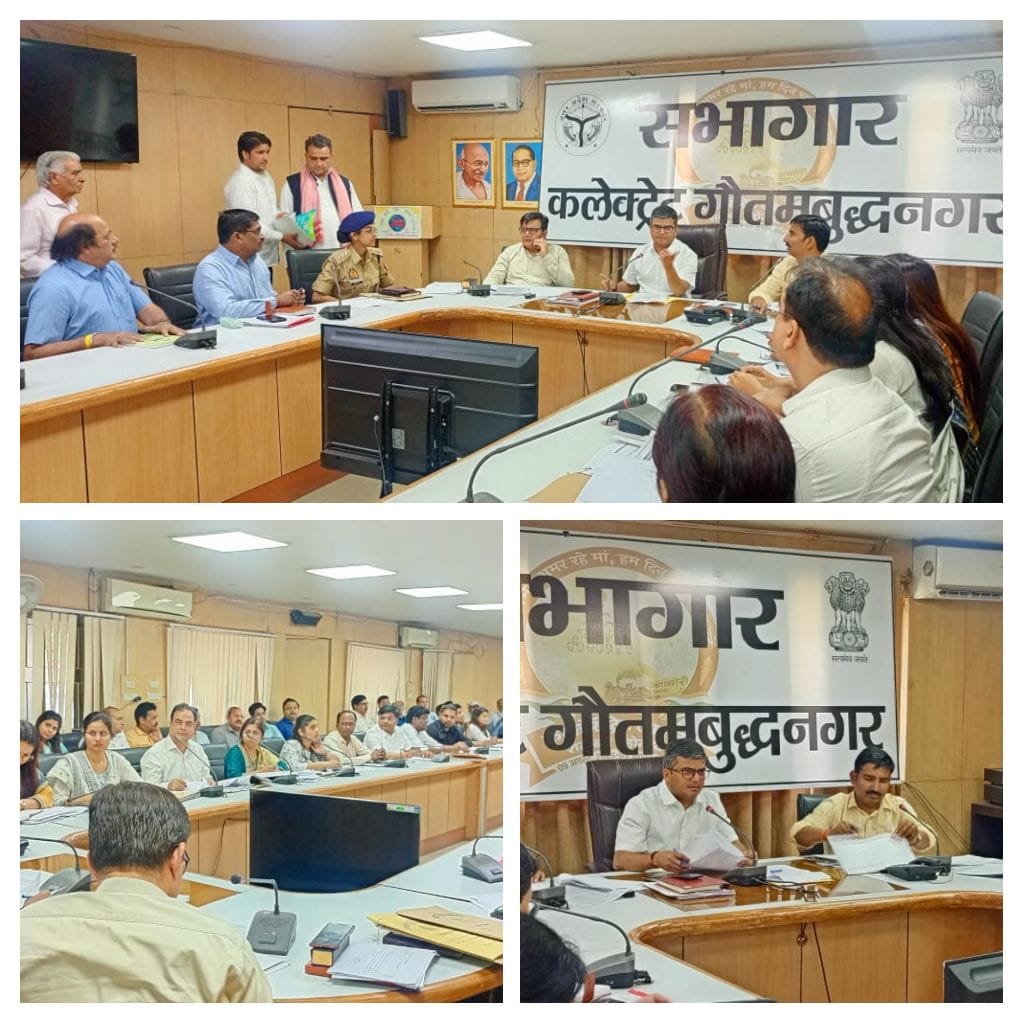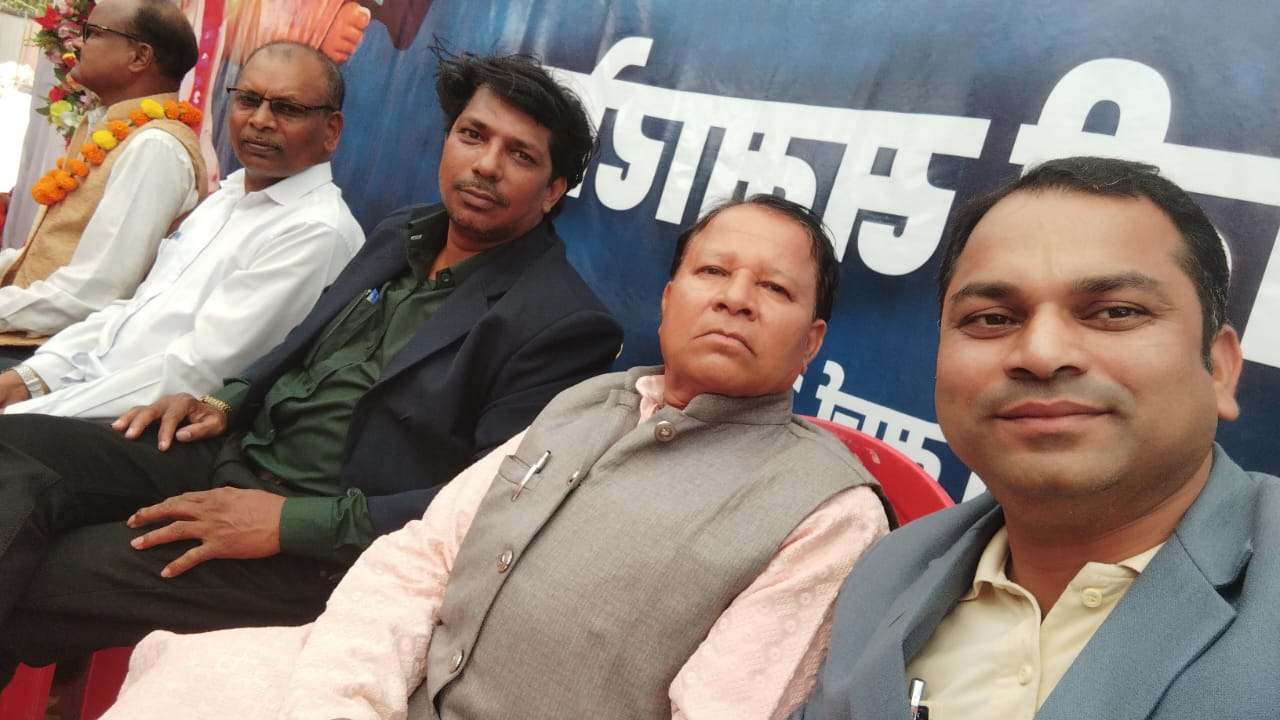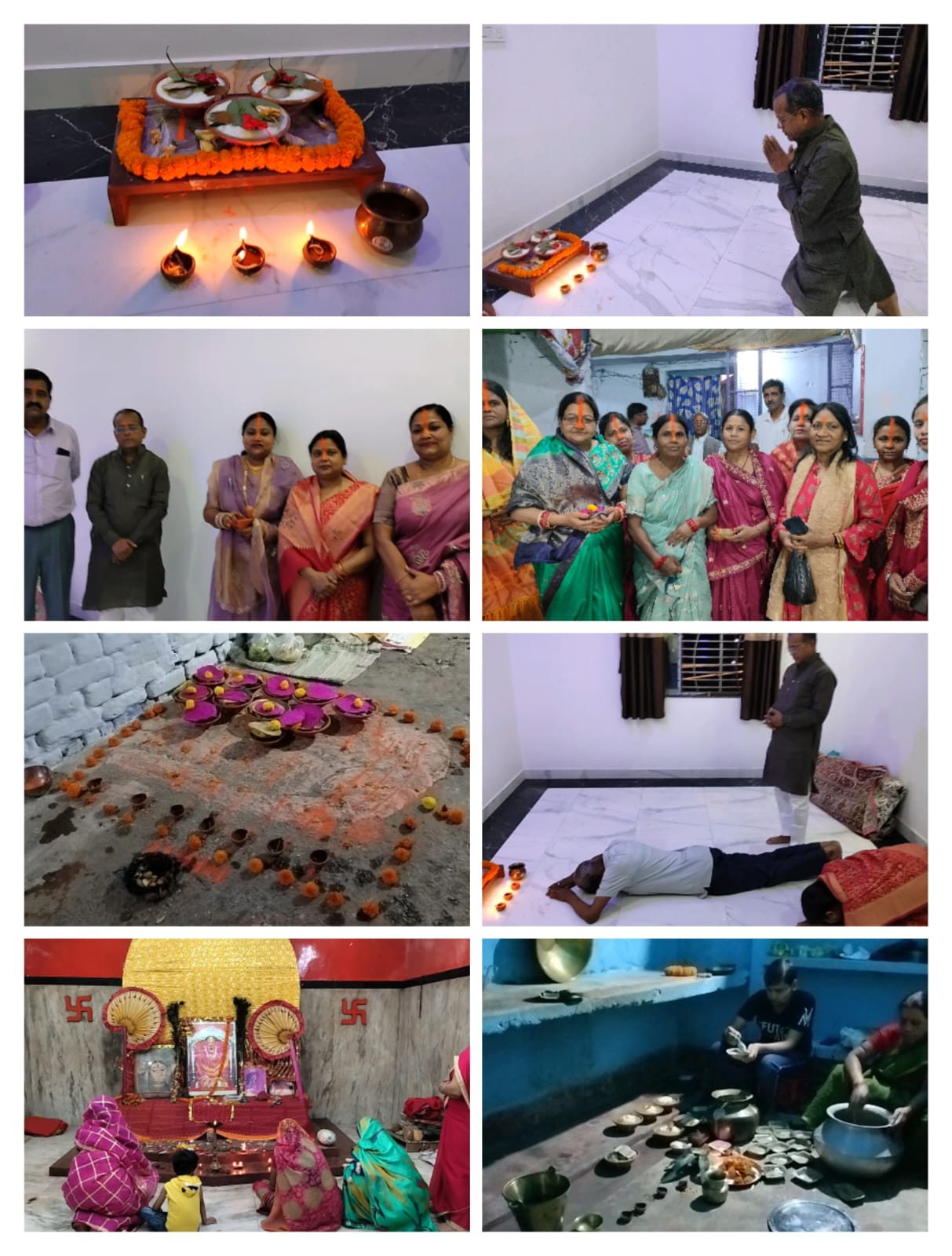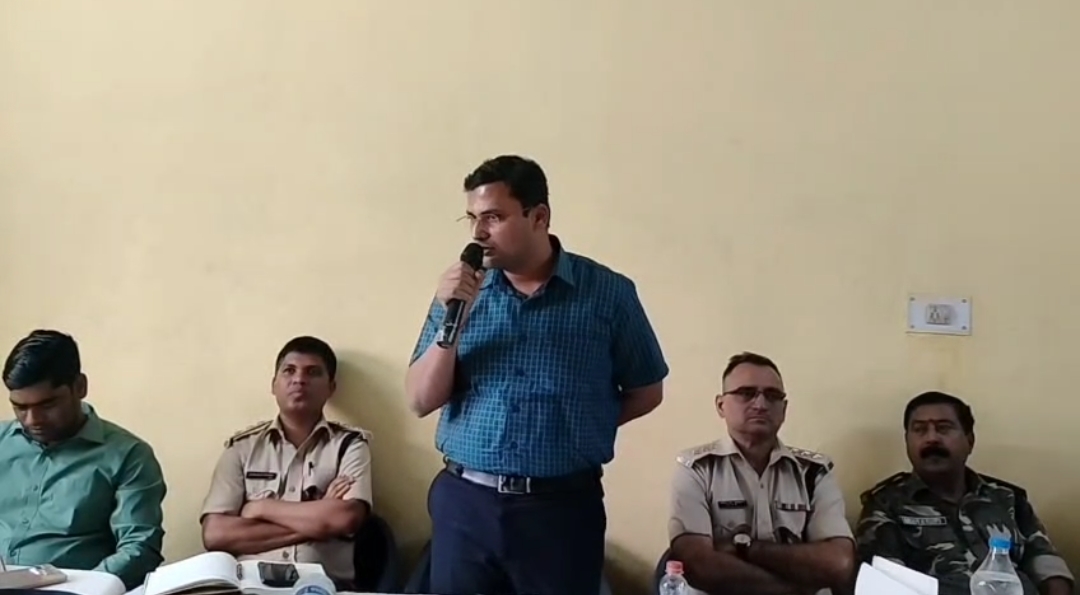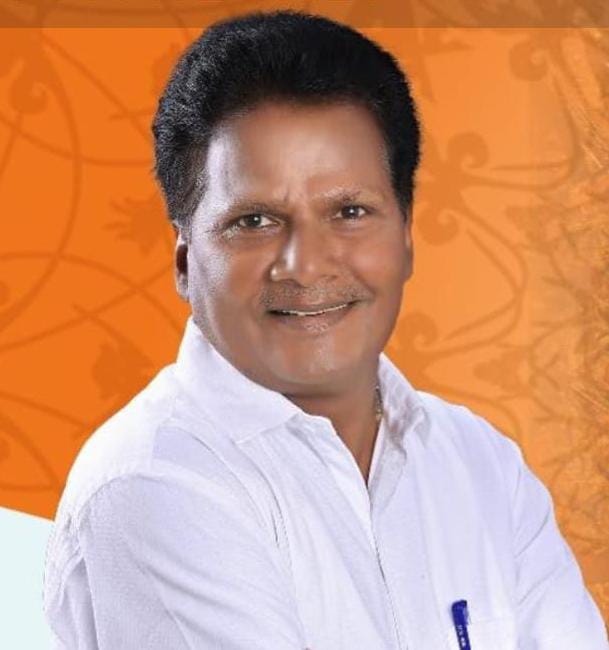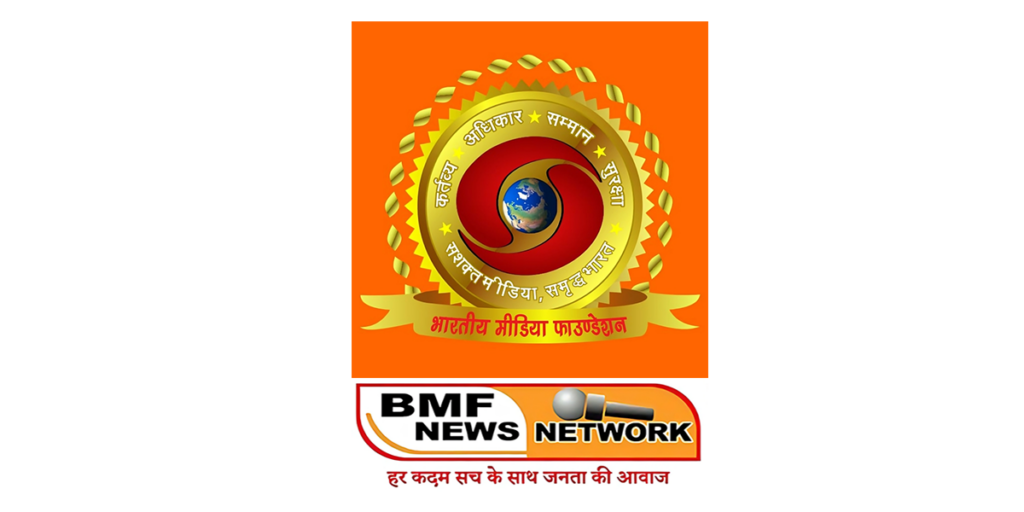- Why Has the Fourth Pillar of Indian Democracy, the Media, Not Yet Been Granted Constitutional Status? Why Has a Media Council Not Yet Been Formed?
- When Will the Fourth Important Pillar of Democracy, the Media, Receive the Status of a Media Council?
AK Bindusar
Founder
Bharatiya Media Foundation.
New Delhi. Today, we will discuss the importance of the fourth pillar of democracy, the media. The article presented before you has the agreement of many scholars.
Here, we will understand in the context of the aspects of governance that democracy is the cornerstone of modern societies. It is a system that empowers people and upholds their rights, ensuring that the government works for the greater good. At its core are the pillars that provide support, strength, and balance, ensuring the smooth functioning of the democratic mechanism.
The pillars of democracy are the key principles and institutions that sustain democratic governance. These include:
* The rule of law, ensuring equality and justice;
2) Free and fair elections, allowing citizens to choose their leaders;
* Protection of human rights, safeguarding individual freedoms;
* Separation of powers, distributing authority among the branches of government to prevent abuse. These pillars collectively uphold democratic values and practices.
Understanding the Four Pillars of Democracy in India:
The four pillars of governance stand tall, each with a distinct responsibility that collectively ensures the smooth functioning of the nation. From the legislative halls where ideas are debated and laws take shape, to the corridors of power where decisions are executed with precision, and the sacred chambers of justice that uphold the principles of fairness and equality – every facet of this democratic structure plays a vital role. As the cacophony of voices intertwines, it is kept in check by the vigilant and steadfast fourth pillar, the media. In this exploration, we delve into the essence of these pillars, highlighting their significance and impact within the Indian democratic landscape.
The First Pillar of Democracy: The Legislature
The legislative branch of democracy symbolizes the power of the people. In India, the Parliament is the supreme legislative body, comprising the Rajya Sabha (Council of States) and the Lok Sabha (House of the People). It is here that laws are debated, proposals are made, and they are enacted, reflecting the diverse needs and aspirations of the nation.
The Second Pillar of Democracy: The Executive
The executive branch enforces and implements the law, led by the President as the head of state and the Prime Minister as the head of government. This pillar ensures that the decisions taken by the legislative branch are effectively carried out, steering the country towards progress and development.
The Third Pillar of Democracy: The Judiciary
The judiciary safeguards the principles of justice and equality. The Supreme Court of India is the highest judicial authority, responsible for interpreting the Constitution and ensuring that the other branches of government adhere to it. This pillar guarantees that the rights of citizens are protected and the rule of law is upheld.
The Fourth Pillar of Democracy: The Media
In the age of information, the media plays a crucial role as the fourth pillar of democracy. It acts as a watchdog, holding those in power accountable and providing citizens with accurate and unbiased information. A free and vibrant media empowers individuals to make informed decisions and actively participate in the democratic process.
The principle that has been presented to you so far clearly demonstrates that in a strong democracy, the freedom of expression of the media is absolutely essential. It is crucial to convey every point about the rights of the public to them, to bring the voice of the public to the government, and to ensure their fundamental rights. All of this falls under the purview of the media. The media’s authority to expose corruption and bring transparency to government operations makes it clear that the media holds significant importance in a democracy. So, the question arises: why, even after seven decades of independence, are we unable to grant constitutional status to the media within our Indian democracy, or why are we, as citizens of India, hesitant to struggle to secure constitutional status for the media?
If such a significant disregard is being shown to the fourth pillar of Indian democracy, the media, and if those in power are unwilling to make the media independent by forming a Media Council, similar to the other three pillars of democracy, what is the mystery behind this? Do they want corruption to persist forever?
This is a matter of great concern and contemplation. Every citizen of the country should understand this, and it is essential to embrace an organization for the establishment of citizen journalism.
